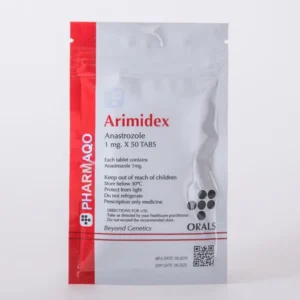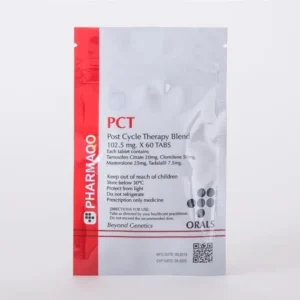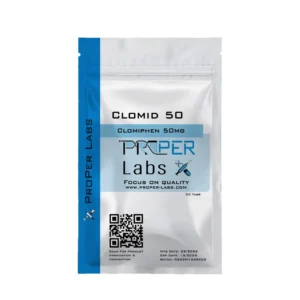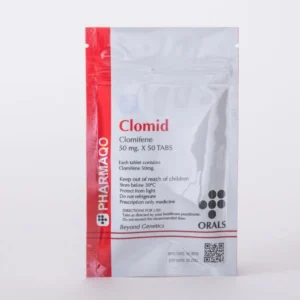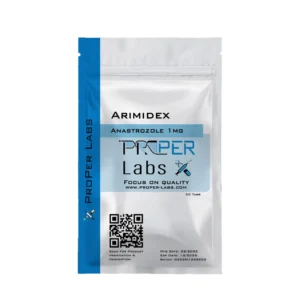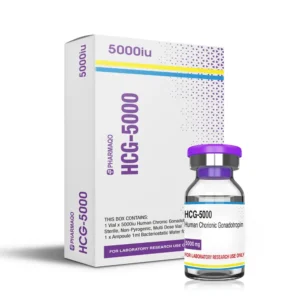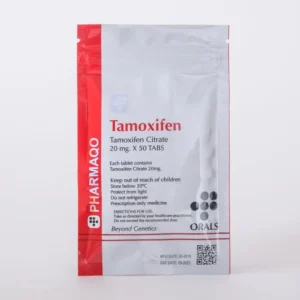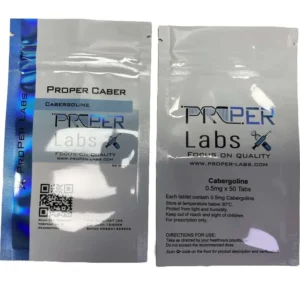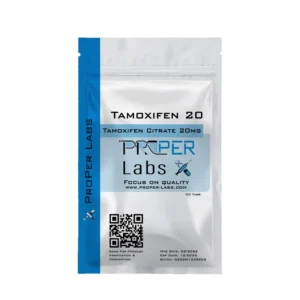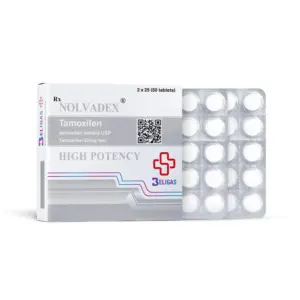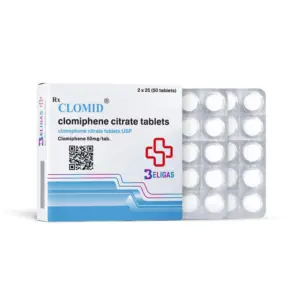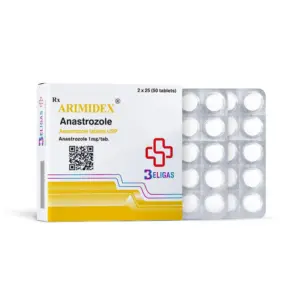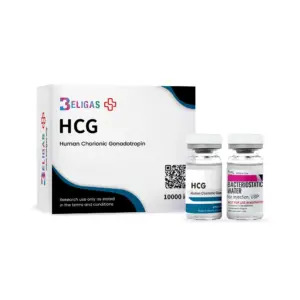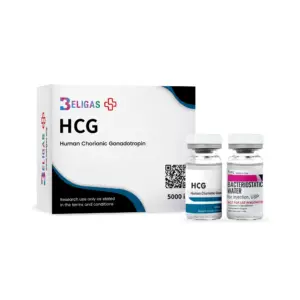Search
Filter by
Filter by price
Filter by Brand
Features
Stock status
Top rated products
-
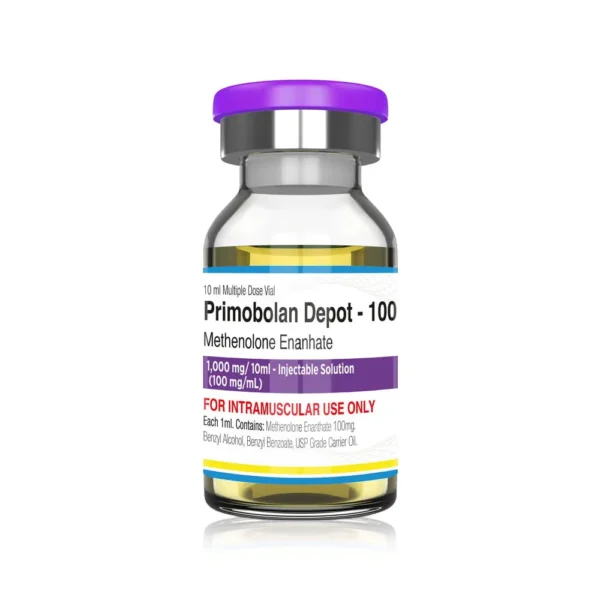 Primobolan Depot 100 | Pharmaqo Labs
$69.00 – $85.00
Primobolan Depot 100 | Pharmaqo Labs
$69.00 – $85.00
-
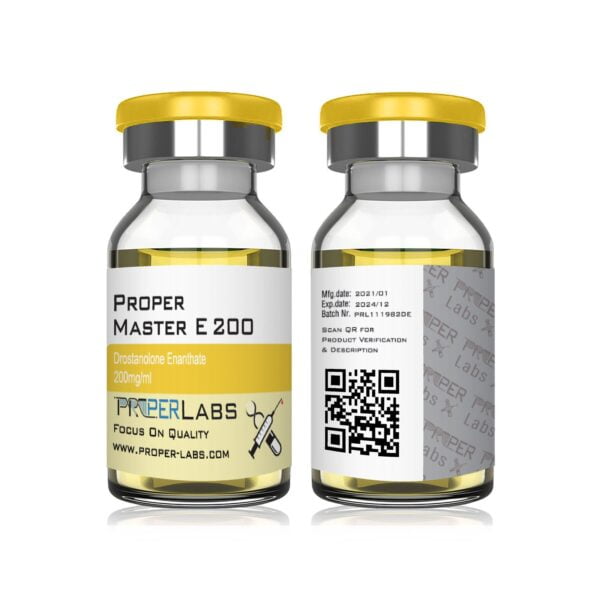 ProperMaster E 200 (Masteron Enanthate) | Proper Labs
$66.90
ProperMaster E 200 (Masteron Enanthate) | Proper Labs
$66.90
-
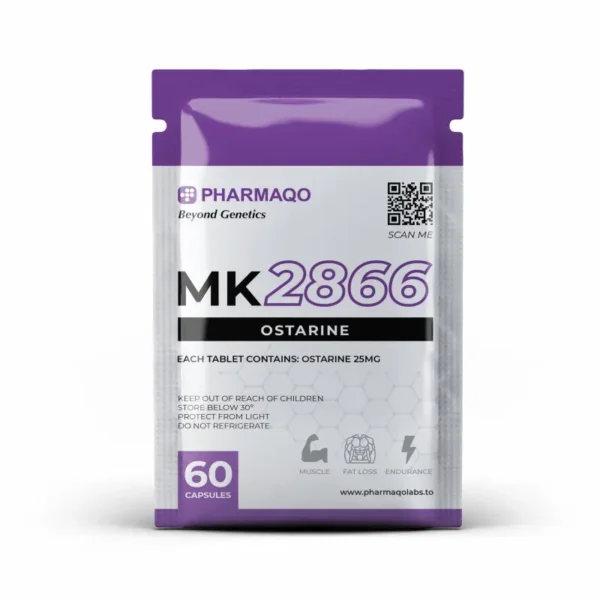 Ostarine MK2866 | PharmaQo Labs
$65.00 – $79.00
Ostarine MK2866 | PharmaQo Labs
$65.00 – $79.00
-
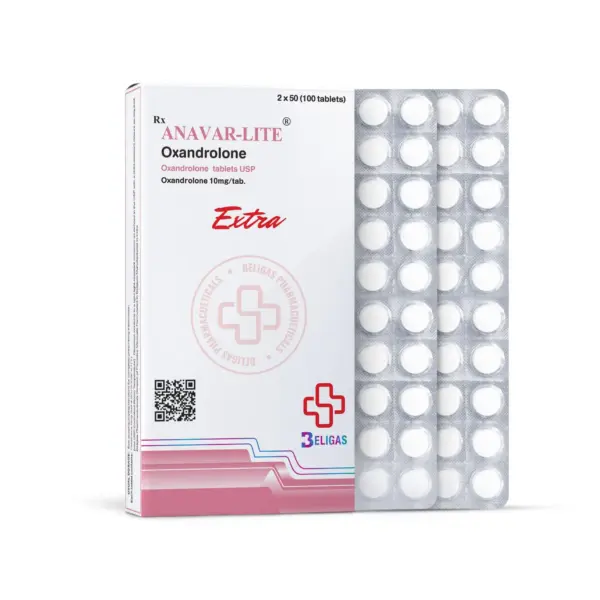 Anavar - Lite 10
$79.90 – $99.90
Anavar - Lite 10
$79.90 – $99.90
-
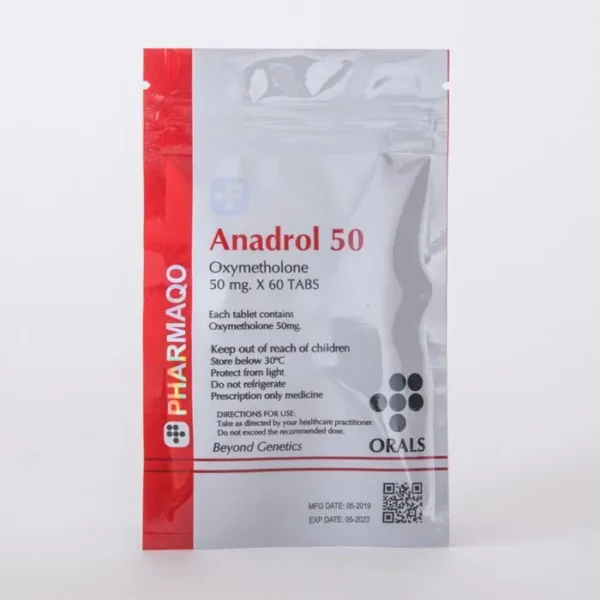 Anadrol 50 | Pharmaqo Labs
$59.00 – $85.00
Anadrol 50 | Pharmaqo Labs
$59.00 – $85.00
-
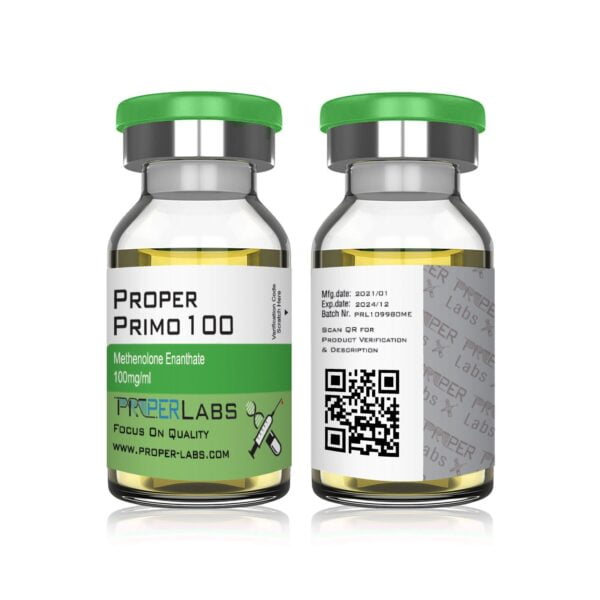 ProperPrimo 100 (Methenolone Enanthate) | Proper Labs
$60.90
ProperPrimo 100 (Methenolone Enanthate) | Proper Labs
$60.90
Showing all 14 resultsSorted by popularity
Buy PCT Online in USA | Steroiduck
PCT (Post-Cycle Therapy) helps restore natural hormone balance after a supplement cycle, supporting muscle retention and recovery. Key PCT supplements, like Clomid, Nolvadex, and Arimidex, aid in revitalizing testosterone production and managing estrogen levels for effective post-cycle gains. Steroiduck offers PCT for sale, providing a trusted source for maintaining muscle gains and overall well-being through balanced post-cycle therapy options.
Arimidex | Pharmaqo Labs
$45.00 – $59.00Arimidex, also known as Anastrozole
Manufacturer: Pharmaqo labs
Active substance: Anastrozole
Form: Tablets / Pills
Unit: 50 Pills / 1mg each
PCT Tabs 102.5 | Pharmaqo labs
$70.00 – $89.00Manufacturer: PharmaQo labs
Active substance:
Tamoxifen Citrate (20mg)
Clomifene (50mg)
Tadalafil (7.5mg)
Masterolone (25mg)
Form: Tablets / Pills
Unit: 60 Pills / 102.5mg each
Clomid 50 (Clomiphene Citrate) | Proper Labs
$41.90Manufacturer: Proper Labs
Active substance: Clomiphene Citrate
Form: Tablets / Pills
Unit: 50 Pills / 50mg each
Clomid | Pharmaqo labs
$45.00 – $59.00Clomid 50 also known as Clomiphene 50mg
Manufacturer: Pharmaqo labs
Active substance: Clomiphene Citrate
Form: Tablets / Pills
Unit: 50 Pills / 50mg each
Arimidex 1 (Anastrozole) | Proper Labs
$39.90Manufacturer: Proper Labs Main substance: Anastrazole Form: Tablets / Pills Unit: 50 Pills / 1mg each Pack: Sachet
HCG 5000 | Pharmaqo Labs
$45.00 – $60.00Manufacturer: Pharmaqo labs
Main substance: Human Chorionic Gonadotropin
Form: Powder (Bac. Water included)
Unit: 5000iu
Tamoxifen 20 | Pharmaqo labs
$40.00 – $59.00Manufacturer: Pharmaqo labs
Active substance: Tamoxifen Citrate
Form: Tablets / Pills
Unit: 50 Pills / 20mg each
ProperCabaser 0.5 (Cabergoline) | Proper Labs
$63.90Manufacturer: Proper Labs
Main substance: Cabergoline
Form: Tablets / Pills
Unit: 50 Pills / 0.5mg each
Pack: Sachet
Tamoxifen 20 (Nolvadex) | Proper Labs
$38.90Manufacturer: Proper Labs
Main substance: Tamoxifen Citrate
Form: Tablets / Pills
Unit: 50 Pills / 20mg each
Pack: Sachet
Nolvadex
$49.90 – $59.90Manufacturer: Beligas Pharmaceuticals
Clomid
$49.90 – $59.90Manufacturer: Beligas Pharmaceuticals
Arimidex
$49.90 – $59.90Manufacturer: Beligas Pharmaceuticals
HCG 10000iu
Manufacturer: Beligas Pharmaceuticals
10.000iu powder + 3mL bac. water
HCG 5000iu
Manufacturer: Beligas Pharmaceuticals
5.000iu powder + 3mL bac. water
General Product Information
Recommended Dosage
- HCG: 500-1000 IU every other day, typically used toward the end of a supplement cycle for 2-3 weeks before moving on to SERMs.
- Clomid (SERM): 50mg daily, recommended for 4-6 weeks based on recovery needs.
- Nolvadex (SERM): 20mg per day for 4-6 weeks.
- AIs: Arimidex, beginning at 0.5mg every other day, with dosage adjusted as needed.
Minimum/Maximum Cycle Length: 4-8 weeks
Ideal Cycle Length: 4-6 weeks.
You can find more detailed information here.
PCT Product Benefits
| Hormonal Stability
SERMs help maintain testosterone while managing estrogen, promoting balanced hormone levels. |
Retention of Muscle Gains
By stabilizing testosterone and estrogen, PCT supports muscle retention and recovery. |
| Libido Restoration
These products restore natural libido by encouraging balanced testosterone levels. |
Mental Balance
Balanced hormones reduce the mental stress often seen with hormonal fluctuations after a cycle. |
What You’ll Need to Get Started
- PCT Medication (e.g., Clomid, Nolvadex, Arimidex)
- Syringes and Needles (if using injectables)
- Sterile Water or Bacteriostatic Water (for reconstitution if required)
- Alcohol Swabs (to clean injection sites and vial tops)
- A Pill Organizer (optional, for easy tracking of doses)
- Storage Case (to keep everything organized and safely stored)
Best Stacks for PCT
Tamoxifen (Nolvadex): Known for its anti-estrogen properties, Tamoxifen helps prevent estrogen-related side effects, such as gynecomastia, during PCT, promoting natural testosterone production.
HCG: Human Chorionic Gonadotropin aids in restoring natural testosterone levels by mimicking the luteinizing hormone, supporting hormonal balance post-cycle and maintaining muscle gains.
Clenbuterol: Primarily a fat burner, Clenbuterol also preserves muscle during PCT by increasing metabolic rate, helping to retain lean mass while transitioning off cycles.
Buy PCT Online in the USA and Canada
For customers in the USA and Canada seeking the best selection of PCT products, Steroiduck.com provides high-quality options like Clomid, Nolvadex, and Arimidex. Our platform ensures a smooth purchasing experience with secure transactions and reliable delivery, giving you peace of mind with each order. Buy your PCT products today at Steroiduck.com and support your post-cycle recovery with confidence.


